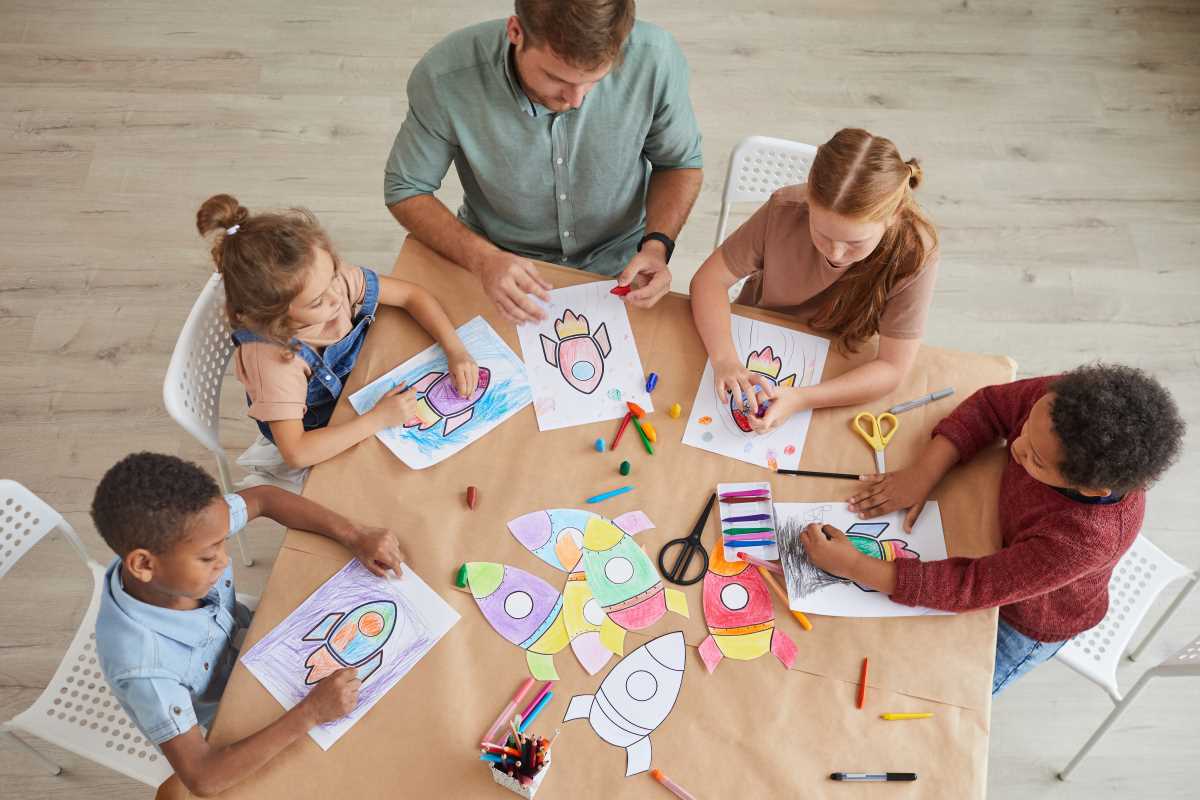Welcoming a new family member often brings a whirlwind of feelings for everyone involved. Children may bounce between excitement and worry, or even feel upset as they face the possibility of sharing affection and attention in new ways. These emotions can feel especially strong for older siblings, who might worry about their place in the family shifting. When you take a moment to listen to their concerns and talk things through, you help them feel valued and understood. Open conversations and reassurance can make the transition smoother, laying the groundwork for strong, supportive relationships as your family grows.
When you listen to what they say and validate their emotions, you create a safe space. They need to feel seen and heard before any big news unfolds. This period of adjustment might also challenge long-held routines or spark unexpected reactions. Giving them the room to talk about these shifts allows you to tailor the conversation and actions in a way that feels reassuring.
Communicating About the Upcoming Change
Explain the new family addition with honesty and warmth. A simple conversation can significantly reduce anxiety. Share your genuine excitement so that your child understands this moment signals growth, not loss. The approach you use may vary depending on personality and past experiences, but some main ideas stay the same.
Consider these conversation tips to ease the process:
- Keep the language simple and clear; avoid overwhelming details that may confuse them.
- Share personal feelings about welcoming a new sibling and explain how the family will grow together.
- Encourage questions and be honest if you don’t have all the answers right away.
- Reassure them that their role in the family is incredibly important and their feelings matter.
Practical Ways to Involve Older Children
Engaging kids in preparation activities removes a layer of uncertainty and builds excitement for the upcoming family change. Simple tasks can turn into fun projects where they help prepare for the arrival of someone new. When children actively participate, it eases their worries and gives them ownership of their own experience during the transition.
Here are some actionable ideas:
- Let them help set up the baby’s room. Their input on color schemes or selecting decorations can make them feel included.
- Involve them in picking out baby supplies. Whether it’s choosing a toy or a cute outfit, small decisions can build a sense of responsibility.
- Create a special welcome ritual, like drawing a welcome card or planning a mini celebration that highlights their role in the family.
- Start a buddy system where they help with reading stories or singing lullabies, demonstrating ways to interact with the new arrival.
- Encourage them to share memories of fun times the family has had and discuss how those traditions can continue or evolve.
Addressing Common Concerns and Reactions
Even with well-laid plans, worry fingers may still twitch. It’s perfectly fine if your little one expresses reluctance or even jealousy. Moving into this new chapter might mean a bump in the road here and there, but addressing these issues openly helps smooth them out before they escalate.
Watch for signs of stress like withdrawal or unexpected anger. Sometimes, children express their emotions abruptly and puzzlingly. Breaking down the concerns and validating fears can turn conflicts into bonding opportunities worth sharing a laugh over later.
Maintaining Routines and Special Time
Family routines provide stability during change, giving kids the structure they need to feel secure. Keeping familiar schedules and setting aside special one-on-one time helps children feel valued even as new circumstances arise. Open conversations and cherished rituals create lasting bonds and help families grow together through any transition.
Open and honest conversations help families grow closer through changes. Embrace small moments to build a legacy of warmth, understanding, and shared joy.
 (Image via
(Image via





